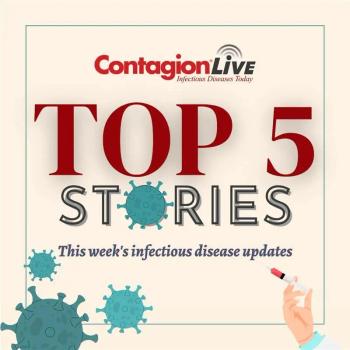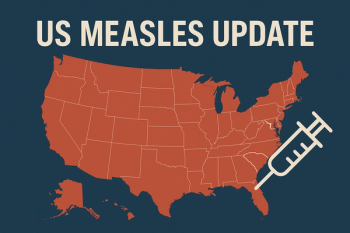
Groundbreaking Disease Identification Tool Database Expanding to Include Rare Bacteria
The Centers for Disease Control and Prevention (CDC) recently announced that it has expanded the use of a disease identification tool to help speed disease recognition in laboratories.
On the heels of the recent Elizabethkingia anophelis
The CDC has partnered with Bruker Corp. to add a new module that will allow “labs [to] search the protein signatures of the bacteria and compare them to the rare pathogens in [the] CDC's MicrobeNet library by using Bruker's MALDI Biotyper systems.” A
The 2-way communication system allows MicrobeNet users to connect with CDC disease experts, and to “monitor disease trends in their state [as well as nationwide] in real time and recognize when those trends might indicate an outbreak.” This tool can “help the CDC identify multistate outbreaks and provide information to public health partners in affected states.”
John R. McQuiston, PhD, team lead for the CDC’s Special Bacteriology Reference Laboratory and lead for the CDC’s MicrobeNet states, “MicrobeNet has the potential to revolutionize public health… This system helps public health labs and hospitals quickly identify some of the most difficult pathogens to grow and detect. In turn, MicrobeNet will help treat patients faster and allow health departments to respond to public health emergencies more effectively.”
Updates to MicrobeNet will be available to all hospitals and laboratories across the United States using the Bruker system.
Newsletter
Stay ahead of emerging infectious disease threats with expert insights and breaking research. Subscribe now to get updates delivered straight to your inbox.






















































































































































































































































































